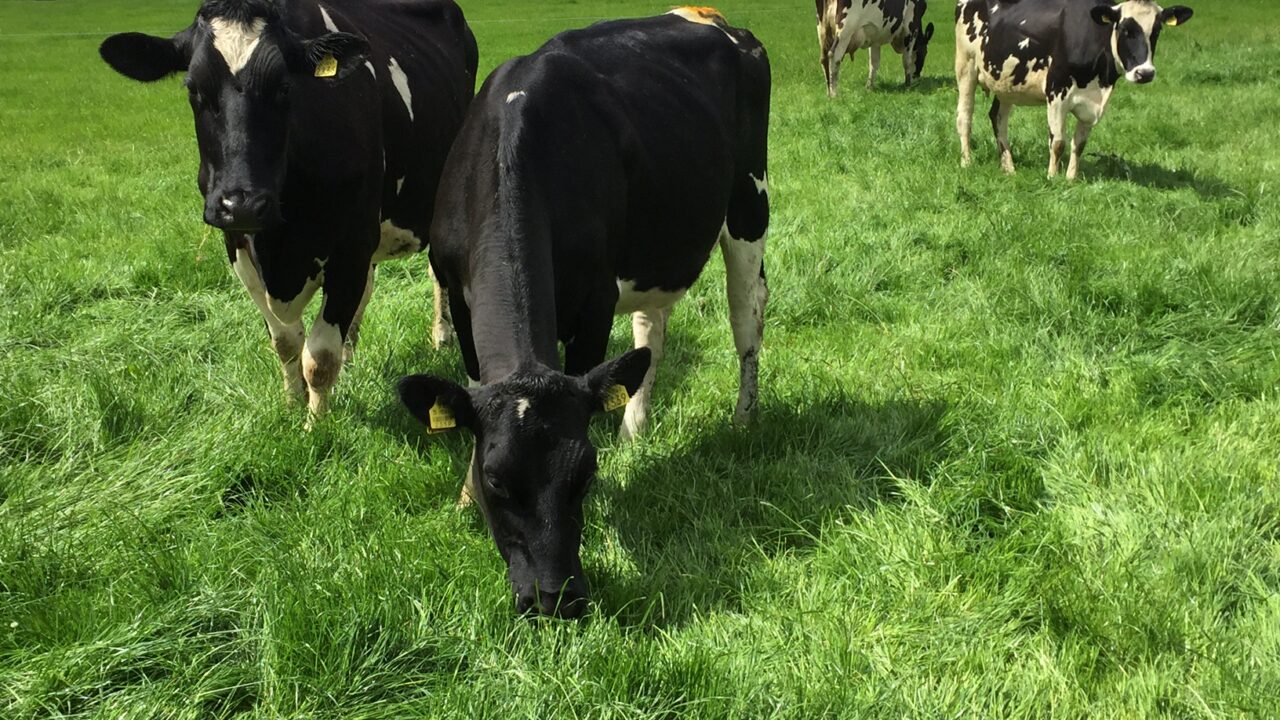Italian Ryegrass (IRG) will produce 25% more herbage than Perennial Ryegrass (PRG), Barenbrug UK Ltd’s James Ingles has said.
Ingles was speaking at the ‘More from Grass’ event, which was hosted by the Agri-Food and Biosciences Institute (AFBI) in Loughgall, Co. Armagh.
“Even though the crop only lives for two years, it will produce 25% extra herbage compared to PRG.”
Giving an example of IRG’s productiveness, he said that they are about to take a third cut from the plots in Loughgall very shortly.
IRG will produce more leaf-matter than PRG, he added. This means that IRG will have a larger root system to take up water, in order to support plant growth.
The possibility of crossing PRG with IRG varieties was also discussed. These are known as hybrids, and they will generally live for five years.
Ingles stressed how important it is to “feed the IRG plant with nitrogen”, if you want it to perform to its maximum level.
It is possible to get five good cuts of grass in a growing season from IRG.
Alternative varieties
Other varieties discussed at the event included Cocksfoot, Tall Fescue, Timothy, Red Clover and Lucerne. Cocksfoot is suitable for dry land, according to Ingles.
“It is excellent for summer growth and grows well on light soils.
“Newer varieties are more leafy and palatable, and are a useful component in swards which are maintained under lower levels of soil fertility,” he added.
Ingles then spoke of Tall Fescue’s value to swards. He said: “Tall Fescue can have a very deep root – up to 6ft long. It can grow well in wet or dry conditions.
“There is good early spring growth and the plant is very winter-hardy,” he said.
It was said that Timothy will only yield “85%” of the yield of PRG. However, its winter-hardiness and palatability make up for this. The plant also grows very well in wet conditions – it is well suited to the north.

